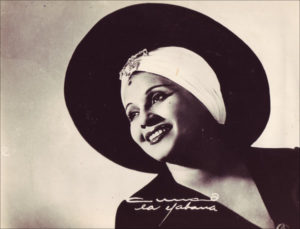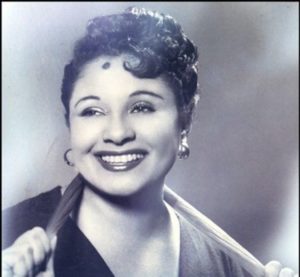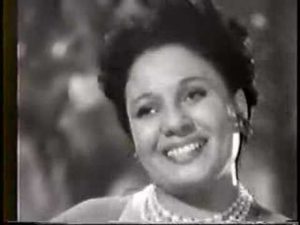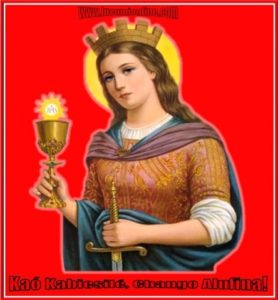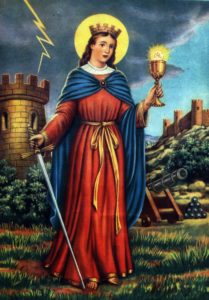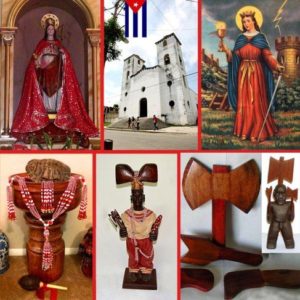 CUBANS WHO HAVE TRIUMPHED IN HOLLYWOOD. PHOTOS
CUBANS WHO HAVE TRIUMPHED IN HOLLYWOOD. PHOTOS
Succeeding in Hollywood and being part of the expensive productions that take place there is the dream of almost all actors, including many young Cubans like the beautiful Ana de Armas.
However, you would be surprised to learn that talent from the Island has reigned in Hollywood for a long time. And, according to the publication of the portal TODOCUBA.ORG, the descent of celebrities such as Oscar Isaac Hernández, Cameron Díaz and Génesis Rodríguez is Cuban.
The protagonist of the new installment of Star Wars: The Awakening of the Force, Oscar Isaac Hernández, is the son of a Cuban. Although he was born in Guatemala and later moved to Miami, his father is from Cuba.
For his part, Cameron Diaz, does not hide to say: “I grew up with the last name Díaz, my father was Cuban, my grandparents were very Cuban. I spent all my childhood with that influence and I feel that it is a very important part of me, with which I feel connected. ”
The story of the actress of The Mask, according to TODOCUBA.ORG, is that she grew up in a Cuban family. However, in addition to confessing his Latin roots, he does not speak Spanish.
Bella Thorne, the actress and singer known for her role in Juntos y Revueltos, also has Cuban ancestry. In this case the Caribbean blood comes by the father.
“At home we celebrated Hispanic traditions, like Christmas Eve, but the biggest of all was my Quinceañera party,” cites the article “Top 5: Hollywood Actors with Cuban ancestry.”
Genesis Rodríguez is another talented woman who shares the genes of Cubans. Born in Florida, fruit of the relationship between a Cuban and a Venezuelan. He is known for his characters in Hours and Big Hero 6.
The website also mentions Jencarlos Canela. This gallant is the son of a Cuban mother and father and is currently part of the cast of the series Telenovela, of the NBC network.
 CUBANOS QUE HAN TRIUNFADO EN HOLLYWOOD. PHOTOS.
CUBANOS QUE HAN TRIUNFADO EN HOLLYWOOD. PHOTOS.
Triunfar en Hollywood y formar parte de las costosas producciones que allí se realizan es el sueño de casi todos los actores, incluso, de muchos jóvenes cubanos como la hermosa Ana de Armas.
Sin embargo, te sorprendería saber que el talento procedente de la Isla reina en Hollywood desde hace mucho tiempo. Y es que, según publica el portal TODOCUBA.ORG, la ascendencia de famosos como Oscar Isaac Hernández, Cameron Díaz y Génesis Rodríguez es cubana.
El protagonista de la nueva entrega de Star Wars: El Despertar de la Fuerza, Oscar Isaac Hernández, es hijo de un cubano. Si bien nació en Guatemala y luego se trasladó a Miami, su papá es de Cuba.
https://youtu.be/uplzF1Vl5Rc
Por su parte, Camerón Díaz, no se esconde para decir: “Me críe con el apellido Díaz, mi padre era cubano, mis abuelos eran muy cubanos. Pasé toda mi infancia con esa influencia y siento que es una parte muy importante de mí, con la que me siento conectada.”
La historia de la actriz de La Máscara, según cuenta TODOCUBA.ORG, es que ella creció en el seno de una familia cubana. No obstante, y amén de confesar sus raíces latinas, no habla español.
Bella Thorne, la actriz y cantante reconocida por su papel en Juntos y Revueltos, también tiene ascendencia cubana. En este caso la sangre caribeña viene por el padre.
“En casa celebrábamos las tradiciones hispanas, como la Nochebuena, pero la más grande de todas fue mi fiesta de Quinceañera”, cita el artículo “Top 5: Actores de Hollywood con ascendencia cubana”.
Génesis Rodríguez es otra talentosa que comparte genes de cubanos. Nació en Florida, fruto de la relación entre una cubana y un venezolano. Se le conoce por sus personajes en Hours y en Big Hero 6.
El sitio web también menciona a Jencarlos Canela. Este galán es hijo de madre y padre cubanos y actualmente forma parte del elenco de la serie Telenovela, de la cadena NBC.
Agencies/vistarmagazine/Oscar Luis/Internet Photos/YouTube/ Arnoldo Varona/ TheCubanhistory.com
THE CUBAN HISTORY, HOLLYWOOD.













